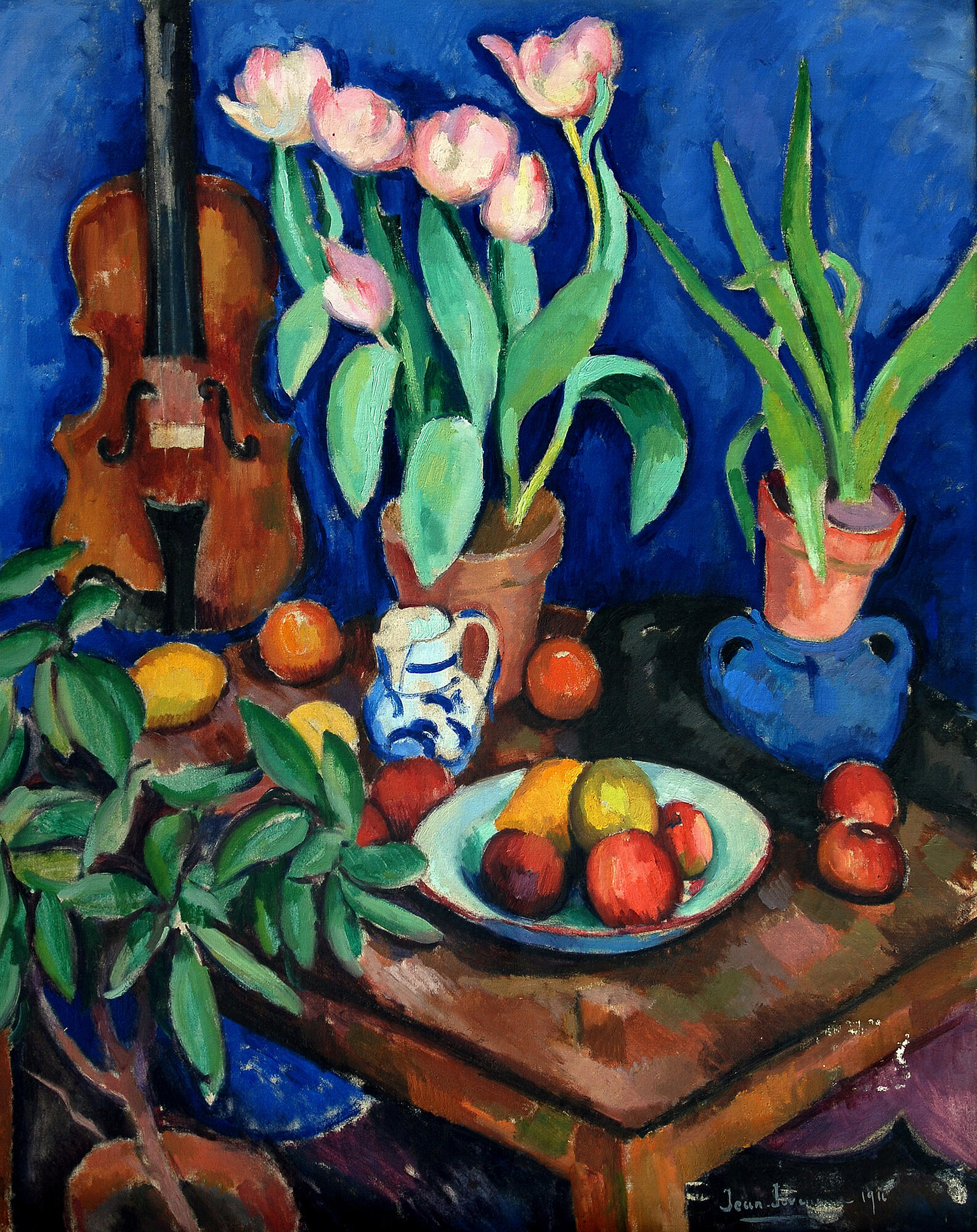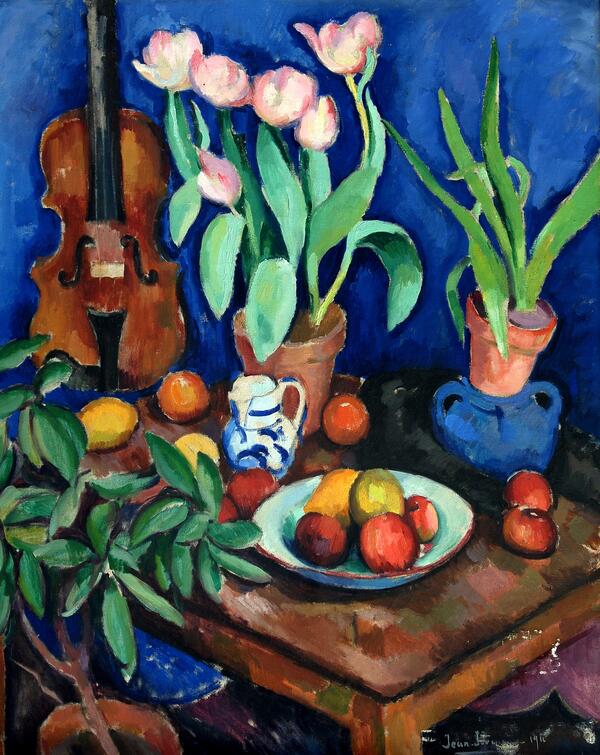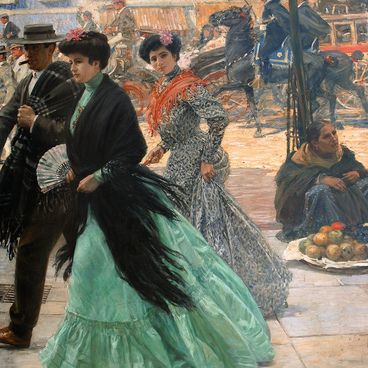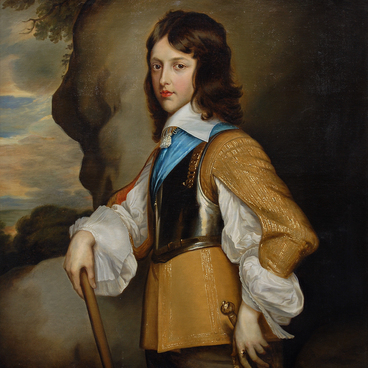Interest in still life, which as a genre had almost disappeared in the 19th century, re-emerged at the beginning of the 20th century. Still life became a platform for experiments and creative search of artists representing a variety of new trends in European art. French Impressionists, including Edouard Manet, Auguste Renoir, Claude Monet, and Pierre Bonnard, paid great attention to the objects surrounding an individual. The Post-Impressionists, on their part (including Vincent Van Gogh, Paul Gauguin, and Paul Cezanne), also worked in the genre: these artists were primarily attracted not by the texture of the objects depicted, but by the color, shape, and compositional faculties. As Henri Matisse said,
Still Life
Время создания
1916
Место создания
France
Размер
92x93 cm
Техника
oil, canvas
Коллекция
0
Открыть в приложении#2
#4
Color and line make a true force, and it is in the interplay of these forces, in their balance, that the secret of creation is hidden.
#5
Painted in 1916, the “Still Life” by Jean Jovenau from the collection of the Primorye Art Gallery can serve as an excellent example of Post-Impressionism, a trend in the art of the late 19th — early 20th century. Jovenau was born in France in 1888. He studied at the School of Fine Arts, and then at the Académie Julian with Tony Robert-Fleury. He lived and worked in Paris. In addition to still lifes, he also painted landscapes and portraits.
A jug, plates, tulips, pots with flowers, musical instruments — objects like these could be seen in still lifes as early as the 17th century. However, whereas in the 17th century each object on the table could carry a symbolic meaning, have a secret connotation, bringing the artist’s message to the viewer, and in the 19th century the genre turned primarily into an art training aid, the artists of the early 20th would no longer seek to convey an accurate image of an object, instead choosing to deceive the viewer by creating an illusion effect.
Like Paul Cezanne, Jean Jovenau sought to use gradations of pure color and stable compositional patterns to reveal the unchanging qualities of the objective world, the abundance of its figurative means, the logic of structure, the greatness of nature, and the organic unity of its forms. There is also a combination of different points of view on the object when depicting it — a favorite technique of Paul Cezanne. This is how Cezanne himself described his artistic search,
A jug, plates, tulips, pots with flowers, musical instruments — objects like these could be seen in still lifes as early as the 17th century. However, whereas in the 17th century each object on the table could carry a symbolic meaning, have a secret connotation, bringing the artist’s message to the viewer, and in the 19th century the genre turned primarily into an art training aid, the artists of the early 20th would no longer seek to convey an accurate image of an object, instead choosing to deceive the viewer by creating an illusion effect.
Like Paul Cezanne, Jean Jovenau sought to use gradations of pure color and stable compositional patterns to reveal the unchanging qualities of the objective world, the abundance of its figurative means, the logic of structure, the greatness of nature, and the organic unity of its forms. There is also a combination of different points of view on the object when depicting it — a favorite technique of Paul Cezanne. This is how Cezanne himself described his artistic search,
#6
Everything in nature is molded in the shape of a ball, a cone, a cylinder; you have to learn painting on these simple shapes, and once you master these shapes, you can do whatever you want. You cannot separate the drawing from the colors, you need to draw as you paint, and the more harmonious the colors become, the more accurate the drawing is made. With the greatest wealth of colors, the form will invariably reach its fullness.
#7
Ministry of Culture of the Russian Federation
читать дальшескрыть
00:00
00:00
1x
Still Life
Время создания
1916
Место создания
France
Размер
92x93 cm
Техника
oil, canvas
Коллекция
0
Открыть в приложении
Поделиться



